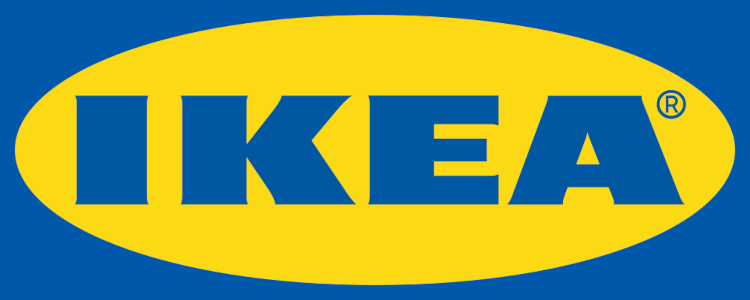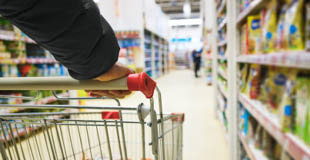Key Findings
- IKEA has a robust safer chemicals policy with detailed beyond restricted substances lists (BRSLs) that address the manufacturing and final products it sells. It has a long and sustained history of leading in its sector by eliminating chemicals of high concern (CHCs) from products it sells, including eliminating per- and polyfluoroalkyl substances (PFAS) from textiles in 2016 and BPA from all food contact materials in 2012.
- IKEA has continued to make improvements in the chemical safety of its products, completing a phase-out of benzophenone from surface coatings and plastics in 2019 and a phase-out of titanium dioxide from its children’s art products in 2020. The retailer also provided new information on the applicability of its policies to its packaging and operations, expanding the scope of its efforts to reduce CHCs.
Recommendations for IKEA
- IKEA can make progress primarily by increasing its transparency. While the retailer’s 124-page annual sustainability report provides exhaustive metrics on many aspects of its business, including carbon emissions and water usage, the retailer has, with few exceptions, failed to set public quantifiable goals with clear timelines for eliminating chemicals of high concern. Nor has it reported on the impacts of the changes it has made or alternatives it is now using. The retailer noted to us several initiatives to expand transparency in the coming years and we recommend that it rapidly implement these and set public deadlines for doing so.
- The company should become a signatory to the Chemical Footprint Project and pilot it with key suppliers.
Grade History
How does IKEA compare to its competitors?
Analysis of IKEA
Oversight: Established management responsibilities and incentives
Disclosure: Requires suppliers to report use of chemicals in products to retailer
Action: Reduced or eliminated chemicals of high concern (CHCs) or plastics of environmental health concern (PEHCs) within the last three years
Safer Alternatives: Evaluates safer alternatives, avoids regrettable substitutes
Transparency: Demonstrates a commitment to transparency and public disclosure
Third-party Standards: Promotes credible third-party standards for safer products
Extra Credit:
Joint Announcement: Public commitment demonstrated through joint announcement
Continuous Improvement: Shows continuous improvement by steadily expanding safer chemicals policy
Collaboration: Actively participates in collaborative process to promote safer chemicals
Impact Investment: Investing financial resources into independent research into safer alternatives and/or green chemistry solutions


